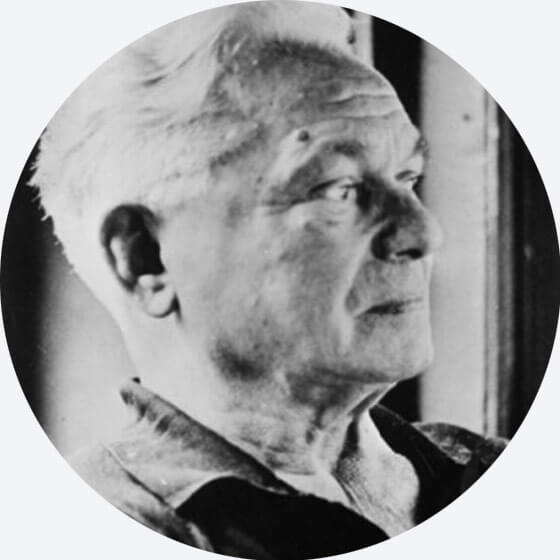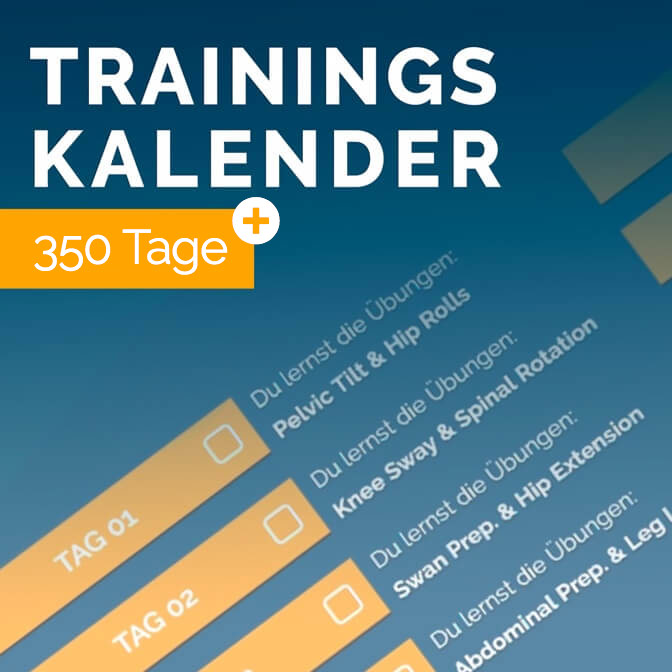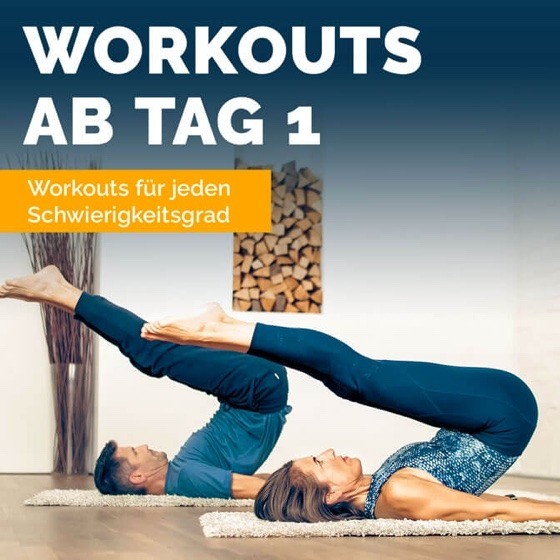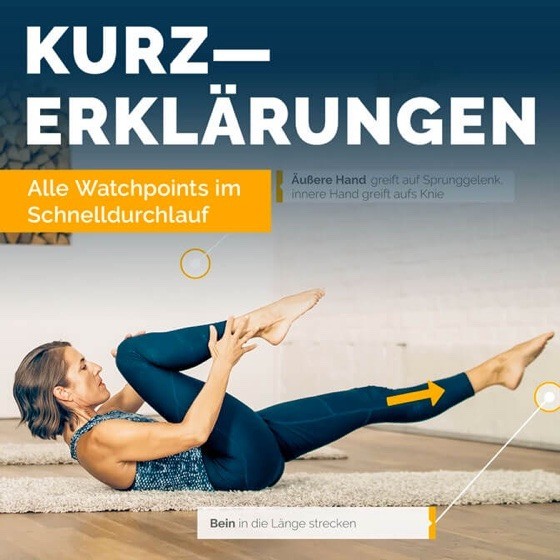
Pilates technique explained
What makes Pilates breathing so special?
May 30, 2022, by Maria Felsner
Basically, breathing is a natural process for most people, just like digestion, sleep or movement. Whether we are aware of our breathing or not, it happens quite automatically.
But there is much more behind breathing. Breathing has a direct influence on our sleep, on digestion, on the quality of movement and much more.
What exactly happens during breathing?
The blood that supplies our organs and cells is oxygenated by deep breathing in the lungs. The oxygen molecules absorbed by the lungs migrate directly into the blood, where they attach themselves to the hemoglobin.
Hemoglobin (Hb) has the task of binding oxygen and transporting it into the bloodstream. This is how the oxygen molecules enter the cells, where they perform the actual main task: They combine with nutrients in the mitochondria, which are our cellular power plants. This process supplies our cells with energy.
The optimal supply of oxygen makes it noticeable that...
- our ability to concentrate increases,
- the blood circulation is promoted,
- the metabolism is boosted,
- the skin looks fresher,
- and incidentally the fat burning is stimulated.
Which breathing phase is more important?
ON OR OFF?
Both phases, inhalation and exhalation, are important but perform different tasks.
While in the inhalation we supply the organism with fresh oxygen, the complete exhalation, lets us release carbon dioxide and other waste products from the muscles and cell metabolism.
The freer our breathing is, the easier it is to eliminate waste products from metabolic processes.
What is the basis for free breathing?
The most important muscular tendon plate in breathing is the diaphragm, known as the "diaphragm" in technical language. In German, diaphragm means "intermediate wall" because it separates the thoracic and abdominal cavities.
In order for us to exercise free diaphragmatic breathing, we need to have an erect, loose and also open posture as well as a relaxed diaphragm.
And that's exactly what we train with Pilates!

"Above all: LEARN TO BREATHE CORRECTLY!"
JOSEPH PILATES
Here you can download our LIVE Pilates hour on the topic. In this LIVE lesson we will deepen the tips on the Pilates principle of breathing.
Why is an upright posture important for breathing?
Is our attitude not upright...
- the mobility in the chest is lost. Breathing becomes shallower as a result.
- The shoulder girdle falls forward due to the lack of mobility of the rib cage - there is more tension in the shoulder-neck area.
- Likewise, the spine loses strength and suppleness because it is no longer in its functional alignment.
- Digestion progressively worsens as the organs are not stimulated via shallow breathing.
What influence does breathing have on the autonomic nervous system?
We know that the depth of breathing as well as the frequency of breathing has a psychological as well as physical effect on the current state of our autonomic nervous system.
The vegetative system, in turn, influences all bodily functions such as
the immune system, blood pressure, heart rate variability, stress processing, mental performance, etc.
This also makes our work in the Pilates practice interesting in turn, as we have many opportunities here to influence our mental state through different breathing techniques.
- Breathing exercises with prolonged exhalation have an emotionally and muscularly relaxing effect and are suitable as an effective relaxation technique at the end of the hour.
- Conscious inhalation has an energizing, vitalizing effect and lifts the mood.
- A conscious exhalation has a cleansing, liberating, grounding effect.
- A conscious deep breath supports the self-healing powers and thus strengthens the immune system.
- A steady, calm breath clears the mind and promotes concentration.
How is Pilates breathing different from other breathing techniques?
First of all, it should be said that every breathing technique has its justification. There is no right or wrong, better or worse. What is important is to know what I want to achieve with my technique.
For example, since deep abdominal breathing relaxes the center of the body, we usually use this technique only at the end of a training session.
In Pilates breathing, we focus on lateral chest breathing, often called 3-dimensional breathing.
What does this breathing do for me?
Physiologically, we perceive how the 3-dimensional breathing relaxes the shoulder girdle and at the same time the Centering easier.
The expansion of the chest promotes the elasticity of the intercostal muscles. Movement in the chest becomes more harmonious and flexible, which in turn supports muscular relaxation.
Through conscious 3D inhalation, we are supplied with oxygen up to the tips of the lungs. The longer exhalation prevents acidification of the organism.
What to consider in Pilates breathing
It can happen that beginners in particular are overcome by a feeling of dizziness due to the "oxygen shower". However, this quickly subsides. Those affected are rewarded by the fact that they very quickly notice that they are more resilient in everyday life, sports and work.
Inhalation should always be performed through the nose, while exhalation gently closes the glottis. You can imagine this as the vocal cords assuming a position like whispering.
It can also be the dosed Lip brake The lips can be placed loosely on top of each other to create a soft flowing sound.
Neither during the gentle closure of the glottis, nor during the lip brake, should you press. Care is always taken to exhale evenly and to deliberately prolong the duration of the exhalation slightly.
Ideally, the movement adapts to the breathing. However, this is a matter of practice and is not forced at the beginning of Pilates training.
Advantages of these soft closures are:
- They help to mobilize the inner strength.
- The concentration increases.
- Attention to breathing, in turn, enhances the mind.
Also, when breathing against resistance, the activity of the diaphragm is required, which in turn increases the breathing force and volume. The stabilizing muscles of the center of the body are increasingly more easily targeted.
Breathing as a principle
Conclusion: Increasing the quality of movement.
- Conscious breathing relaxes and provides physiological alignment of the neck and shoulder area as well as the rib cage.
- The 3D breathing leads to an optimal distribution of forces in the thoracic area, the spine can thus naturally swing along.
- Exhalation is supported by the transversus abdominis, which in turn provides a stable center.
PS: With our Pilates training calendar you can easily integrate regular Pilates training into your everyday life and stay motivated.





